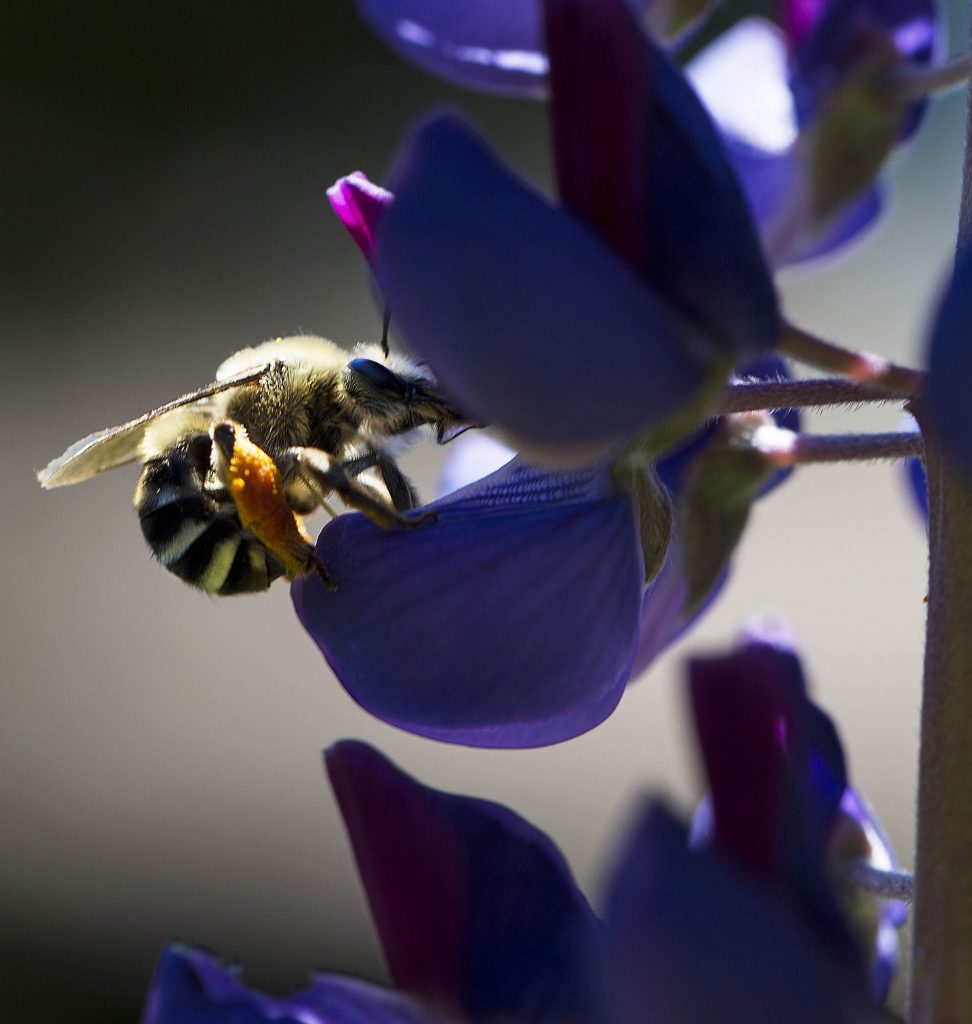All of life is bio-electric – a complex network of subtle electrical activity. A growing body of evidence warns that wireless devices and the electromagnetic frequencies they produce may cause irrevocable harm to all living things.
Vanishing Insects
Worldwide, insects are disappearing at alarming rates. The scientific review carried out in this 2021 study shows that electromagnetic radiation should be considered as a contributor to the dramatic decline in insects, acting in synergy with agricultural intensification, pesticides, invasive species and climate change. Our bees especially are in trouble. A complex interplay of diverse stressors is threatening them, and our food security as a result. Research done at Bristol University shows that bees use their electrical sense to determine if a flower has recently been visited by another bee, and that bees’ hairs are highly sensitive to flowers’ delicate electromagnetic frequencies.

Hello Ticks, Bye Bye Bees?
When researchers studied the effects of 5G’s millimeter wave frequencies on four different types of insects they found that 5G will heat insects’ bodies to levels that may affect their normal behavior and physiology. In this interview, physician and neurobiologist Dr.Dietrich Klinghard notes that as beneficial insects die off, other less-radiation sensitive species, like disease-bearing ticks are becoming more and more prevalent.
We Can’t See the Forest for the Trees
- A landmark study done in Germany revealed progressive harm to trees from microwave radiation. Strongly irradiated trees, even those growing two miles from antennas, were injured, with damage usually starting on the side closest to the cell tower and extending to the whole tree over time.
- A 2017 review of 49 studies done on the effects of mobile phone radiation on plants found 90% of the research showed that non-thermal radiation has physiological and/or morphological effects on living plants.
- Experts have found that exposure to microwave radiation causes an increase in terpene production in monocots, or flowering plants and trees. Other scientists have linked these increased terpene levels to forest fires.

Art by Cécile Gambini
Embodied Network
We’re all — trees, humans, insects, birds, bacteria — pluralities. Life is embodied network….Our ethic must therefore be one of belonging, an imperative made all the more urgent by the many ways that human actions are fraying, rewiring, and severing biological networks worldwide. – David George Haskell
Our push for greater and greater wireless connectivity is causing a massive disconnect from the natural word that sustains us – at our own peril.
The Evidence
- Research documenting the negative impacts radiofrequency radiation has on migratory birds, bats, bees, monarch butterflies. and myriad other wildlife, including antarctic krill, a major food source for whales, penguins and seals, may be found at the Resources links below.
- For example, just 6 minutes a day of weak wireless exposure caused cell-death in insects in this 2016 study.
5G in Space – a Threat to our Planet’s Precious Atmosphere
Plans are underway to deploy hundreds of thousands of 5G-generating, short-lifespan satellites via suborbital rockets propelled by hydrocarbon rocket engines. According to this 2010 California study, launching these rockets will spew enough black carbon into the atmosphere to pollute global atmospheric conditions and cause potentially significant climate impact. Plus, solid-state rocket exhaust contains chlorine, an ozone-destroying chemical. How can any government seriously concerned about climate change allow this?
5G satellites in space will also interfere with meteorologists’ weather detecting equipment. And they will bring an end to the dark night sky needed by astronomers and all of us who love to watch the stars.
This paper presented by scientists at the spring 2020 session of the Norwegian national assembly concludes that launching more low orbit satellites will damage life on Earth.

Earth Wisdom or More Smart Stuff?
Clearly, non-industry-affiliated scientists across the globe are sounding a warning: Are we favoring wireless networks over biological ones, and if so, at what cost?
Resources on NATURE, WILDLIFE and PLANTS
Environmental and Wildlife Effects
Bees, Butterflies and Wildlife: Research on Electromagnetic Fields and the Environment
Electromagnetic Fields Impact Tree and Plant Growth
U.S. Dept. of Interior: Cell Tower Radiation Affects Wildlife

